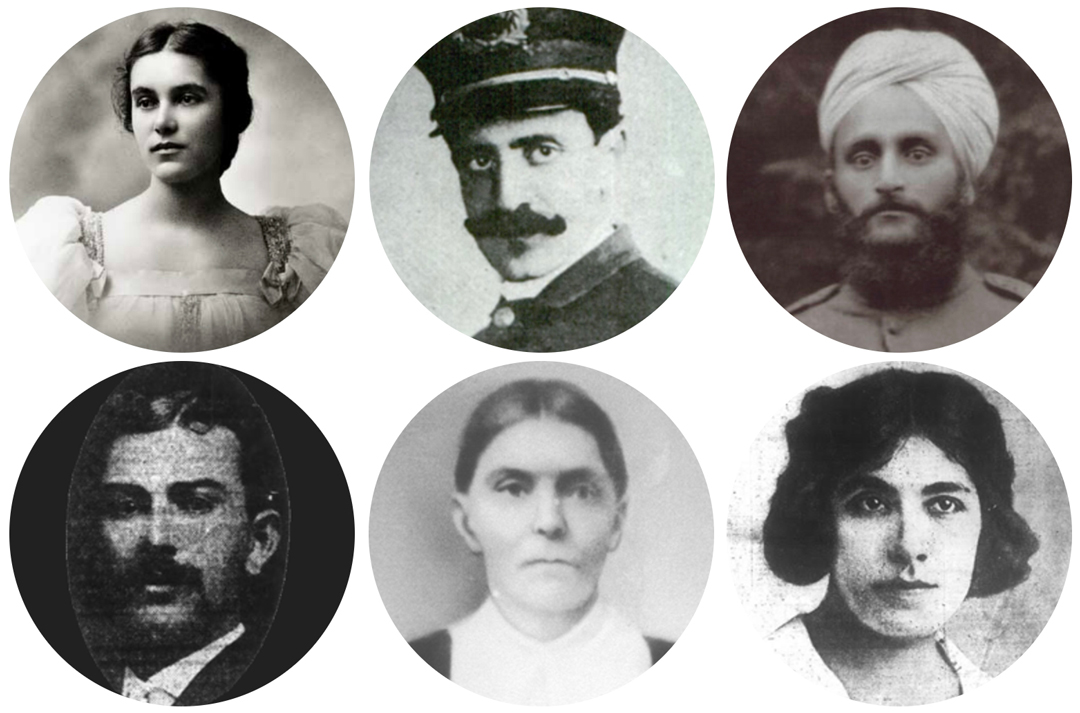Before Loving, there was Kinney in Augusta County
The News Leader
Staunton, Virginia
2017-01-08
Dale M. Brumfield, Special to The News Leader
“By the laws of Virginia (C. V. 1873, ch. 105, § 1), all marriages between a white person and a negro are absolutely void…”
—Kinney v. Commonwealth, Oct. 3, 1878, Supreme Court of Appeals of Virginia.
In 1967 Caroline County couple Richard Perry Loving and Mildred Jeter successfully overturned Virginia’s ban on interracial marriages, and the newly released movie “Loving” chronicles their sometimes harrowing experiences. Eighty-seven years earlier, however, a courageous Augusta County couple also went to court to force change to Virginia law prohibiting marriages between blacks and whites, but with far less success than the Lovings.
According to the 1878 Virginia Court of Appeals case Kinney v. Commonwealth, Andrew Kinney was a blacksmith who fell in love with Mahala Miller around 1866. The fact that Kinney was black and Miller white made their relationship illegal in Virginia but irrelevant to them. They thumbed their noses at the law and boldly moved in together as husband and wife near Churchville. The following year Mahala gave birth to their first son, William, and two years later gave birth to another son, James.
Just as Richard Loving and Mildred Jeter traveled to Washington, D.C., in 1958 to marry, so did Andrew and Mahala on Nov. 4, 1874, when mixed-race marriages became legal there. After a 10-day honeymoon, they returned to Churchville and had four more boys — John in 1874, Alonzo (who died shortly after birth) in 1875, Tom in 1876 and Harrison in 1877…
Read the entire article here.





